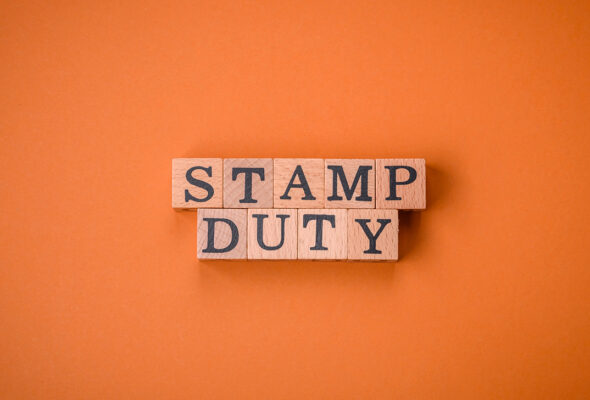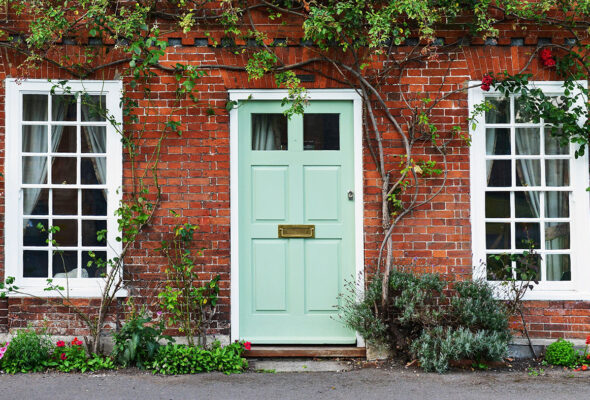Radiator Issues
Are you having issues with your radiators? Hopefully this article will help
This article is here to give you basic advice to do the job yourself, if you’re happy to do so. To make sure you don’t hurt yourself, or damage anything, use the right tools and protective equipment.
First, check your heating system is on. Then read the information below. If your radiator still doesn’t work, please contact our office.
What should I do if my radiators aren’t working?
Take a look at your manufacturer guidelines. They’ll give you more help on how to do these checks if you’re not sure.
- Double check your system’s switched on.
- Turn your radiators thermostatic valves or radiator valves up as high as they can go.
- Try bleeding your radiators.
If you’re not sure how to do it, watch this video:
What should I do if my radiator’s leaking?
- Turn off your central heating.
- Turn your mains cold water tap off.
- Turn off the valve at each end of the radiator.
- Drain the system into a container.
It might open automatically if the weather gets really cold and the room temperature drops a lot. So water will keep leaking even though you’ve switched the valve off.
What should I do if my radiator air release valve is leaking?
There are a few things you can try, if you’re still having trouble.
Tighten your air release valve by twisting it clockwise, but not forcing it. If that doesn’t work, try twisting both valves to switch the radiator off. This is because, in very cold weather your thermostatic radiator valve might have opened automatically. Find a container to catch the water. If you need to, you can direct the water into the container by tucking a plastic bag behind your radiator.









